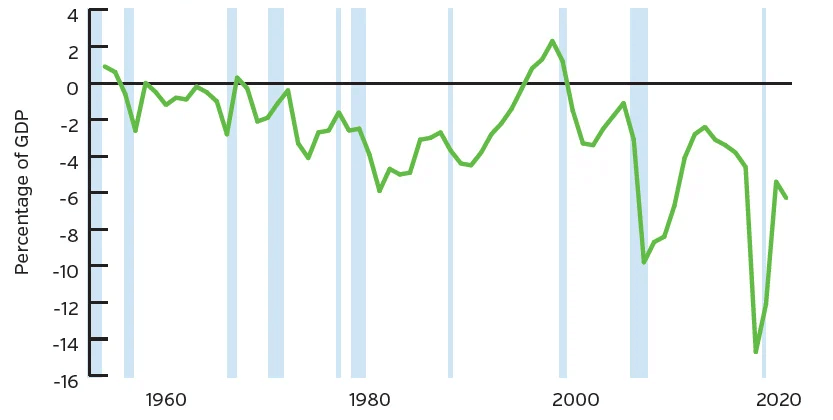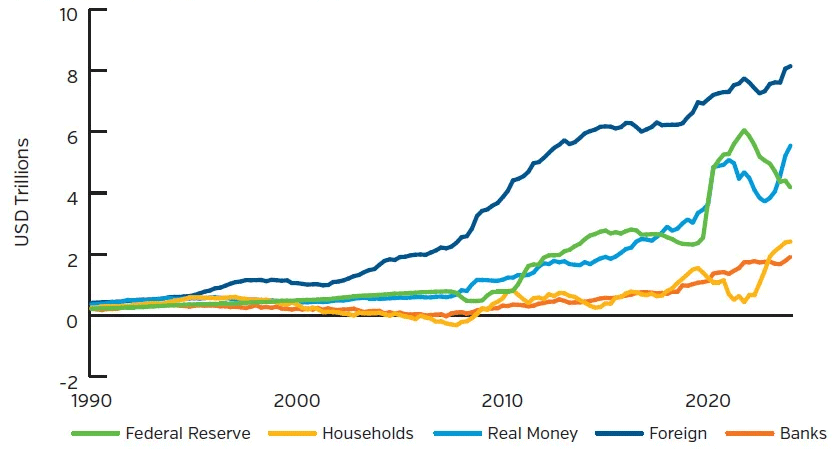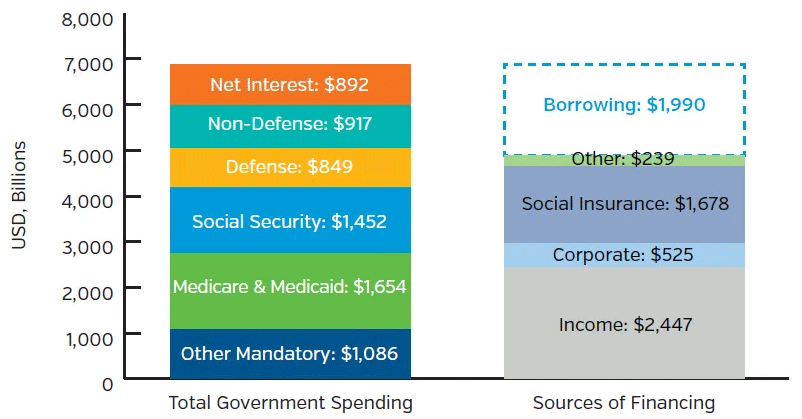New England Asset Management
New England Asset Management (NEAM) strives to be integral to the success of our insurance industry clients by providing investment management solutions through a team of skilled professionals dedicated to delivering exceptional client service. We aim to build true, enduring relationships with our insurance company clients by combining three core attributes:
Dedicated Teams
NEAM is staffed with dedicated teams of knowledgeable insurance and capital markets professionals.
Actionable Tools
Our combination of talent and technology is designed to support all aspects of your investment management.
Tailored Solutions
We are acutely aware of the unique concerns and challenges insurers face on a daily basis and so these are reflected in our investment process.
Our comprehensive offering includes a wide range of services:
- Asset Management Services
- Enterprise Capital Strategy Services
- Capital & Risk Analytics Platform
- Investment Accounting & Reporting Services
www.neamgroup.com
74 Batterson Park Road
Farmington, CT 06032





